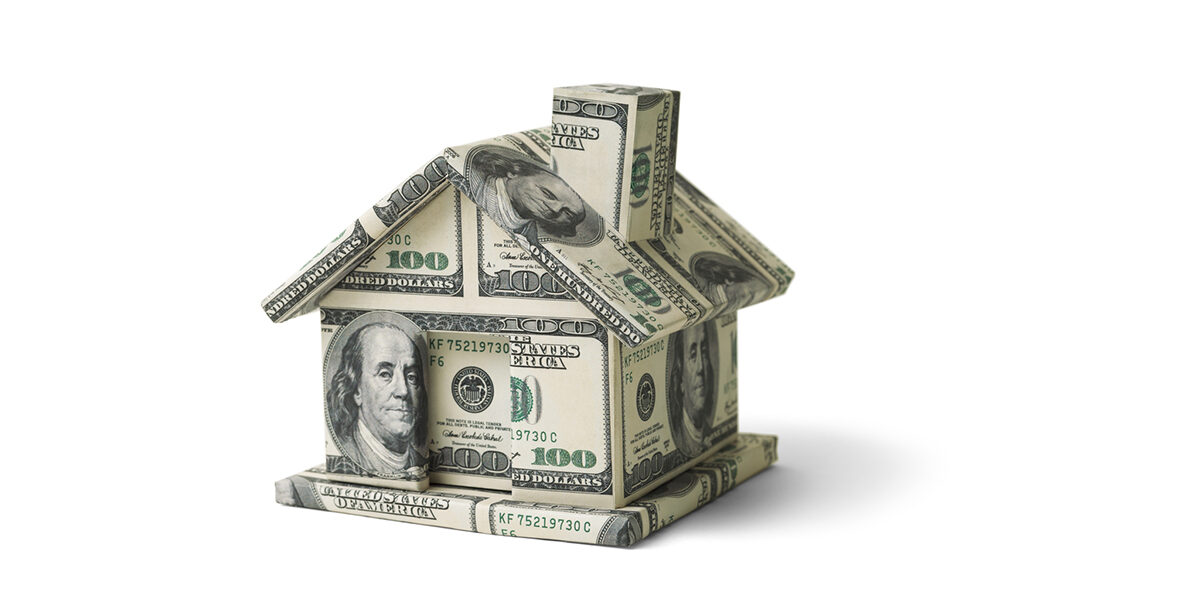Veros: Home Prices Remain Resilient Despite The Pandemic
Veros Real Estate Solutions, announced that Q2 2020 VeroFORECAST data indicates an average projected appreciation rate for residential real estate in the nation’s largest 100 housing markets has rebounded sharply from last quarter for an average of 3.5% through the second quarter of 2021. This forecast is in line with previous projections indicating positive average home price appreciation, despite economic uncertainty and unemployment, particularly in the leisure, hospitality and tourism industries, as a result of the global COVID-19 pandemic.
“With some exceptions, the vast majority of housing markets remain strong and resilient in contrast to the crash they fueled over a decade ago,” said Darius Bozorgi, CEO of Veros Real Estate Solutions. “This is a testament to the programs and policies implemented in the wake of the Great Recession. During this tragic pandemic, the current state of the housing market is proving to be a stalwart for the U.S. economy.”
Veros monitors home prices in relation to numerous economic factors, including employment trends. While economic indicators signal continued unemployment, the job losses are not consistent across the country, and in some areas, there has been a rebound from initial expectations. The fundamentals of the real estate market are still strong in most places.
“This quarter’s forecast indicates significant home price appreciation from what we just experienced in the first quarter of 2020,” said Eric Fox, Veros Vice President of Statistical and Economic Modeling. “Despite the devastating economic, social and health impact resulting from COVID-19, the overall average annual appreciation rate increased to 3.5% vs. 1.9% from the annual forecasted rate last quarter.” Historically low interest rates will help to stimulate demand to push prices up. Although housing demand has clearly softened with some buyers staying on the sidelines until things get back to normal, housing supply has been reduced even more in many markets, causing less inventory for buyers to choose from. Overall, the impact on prices is a continued increase in most markets.
Veros is committed to the data science of predicting home value based on rigorous analysis of the fundamentals and interrelationships of numerous economic, social and geographic variables as they pertain to home value. This data-driven approach indicates that many of the top-performing cities are now trending back towards the pre-pandemic level through the second quarter of 2021. “In the midst of early stages of the COVID-19 pandemic, some were surprised and skeptical of Veros’ Q1 2020 annual forecast. Our forecasts and supporting data proved to be solid and were validated by independent reporting at the local level,” said Fox.
According to VeroFORECAST, the top-10 performing markets forecast to increase the most between Q2 2020 and Q2 2021 are located in the Western United States. Idaho, Washington, Arizona, Colorado, and Utah comprise the entire list. The average annual forecast appreciation of the Top 10 is forecast to be up to 7.9%. While none of the cities are experiencing a double-digit annual appreciation rate at this time, Boise is close with a 9.3% increase.
The 10 Strongest Markets Over Next 12 Months
| Rank | Metropolitan Statistical Area (MSA) | Forecast Q2 2020 – Q2 2021 | |
| 1 | BOISE CITY, ID | 9.3 | % |
| 2 | SPOKANE-SPOKANE VALLEY, WA | 8.6 | % |
| 3 | IDAHO FALLS, ID | 8.6 | % |
| 4 | OLYMPIA-LACEY-TUMWATER, WA | 8.1 | % |
| 5 | SIERRA VISTA-DOUGLAS, AZ | 7.6 | % |
| 6 | PHOENIX-MESA-CHANDLER, AZ | 7.5 | % |
| 7 | YAKIMA, WA | 7.4 | % |
| 8 | COLORADO SPRINGS, CO | 7.3 | % |
| 9 | LONGVIEW, WA | 7.2 | % |
| 10 | SALT LAKE CITY, UT | 6.9 | % |
The ten lowest-performing markets are dominated by cities in Connecticut, Texas and Illinois. Chicago, anticipated to be the worst-performing market, is expected to be nearly flat over the next 12-months. The New York metropolitan area, the Boroughs, Long Island, and New Jersey, is profoundly challenged by the virus, but is predicted to rise approximately 2.5% by Q2 2021. Although, Manhattan specifically is forecast to depreciate by 2.2%. This microcosm is exemplary of the nation where most markets are generally increasing, while some markets may still experience depreciation over the next 12 months.
The 10 Least-Performing Markets Over Next 12 Months
| Rank | Metropolitan Statistical Area (MSA) | Forecast Q2 2020 – Q2 2021 | |
| 1 | CHICAGO-NAPERVILLE-ELGIN, IL-IN-WI | 0.2 | % |
| 2 | BRIDGEPORT-STAMFORD-NORWALK, CT | 0.7 | % |
| 3 | BATON ROUGE, LA | 1.2 | % |
| 4 | NAPLES-MARCO ISLAND, FL | 1.2 | % |
| 5 | VICTORIA, TX | 1.3 | % |
| 6 | HARTFORD-EAST HARTFORD-MIDDLETOWN, CT | 1.3 | % |
| 7 | NEW HAVEN-MILFORD, CT | 1.4 | % |
| 8 | SANTA ROSA-PETALUMA, CA | 1.5 | % |
| 9 | SPRINGFIELD, IL | 1.5 | % |
| 10 | LAREDO, TX | 1.6 | % |
“During the second quarter, in the wake of pandemic induced stay-at-home orders and business shutdowns across the country, it was made clear that home was the only safe place to be,” said Bozorgi. “Government programs, such as forbearance, are providing more options for homeowners to stay in their home despite record unemployment and economic uncertainties and we remain cautiously optimistic about the future state of housing.”
At the onset of the pandemic, many homeowners elected to exercise their right to forbearance. These loans have not yet, materialized as foreclosures. Although, it is possible that some of these forbearance mortgages could result in foreclosures downstream. One driving factor is unemployment. The sector of the economy that is most impacted by unemployment is dominated by leisure, hospitality, and tourism, which has a lesser influence on the resale market and more of an influence on the rental market. Thus, this significantly lessens concerns about forbearance.
This turbulent time tests the stability and strength of every human and our economy’s ability to withstand these unique circumstances. Although significant challenges remain, Veros expects the housing market to remain strong over the next year.

The Place for Lending Visionaries and Thought Leaders. We take you beyond the latest news and trends to help you grow your lending business.



